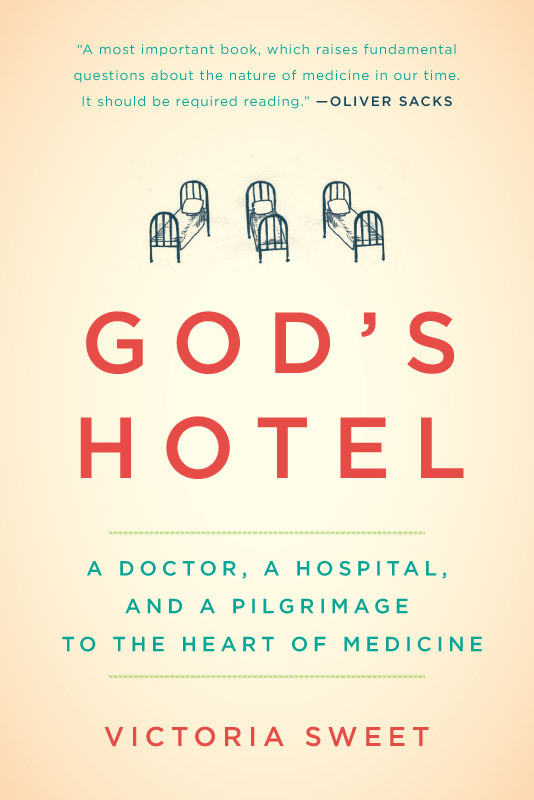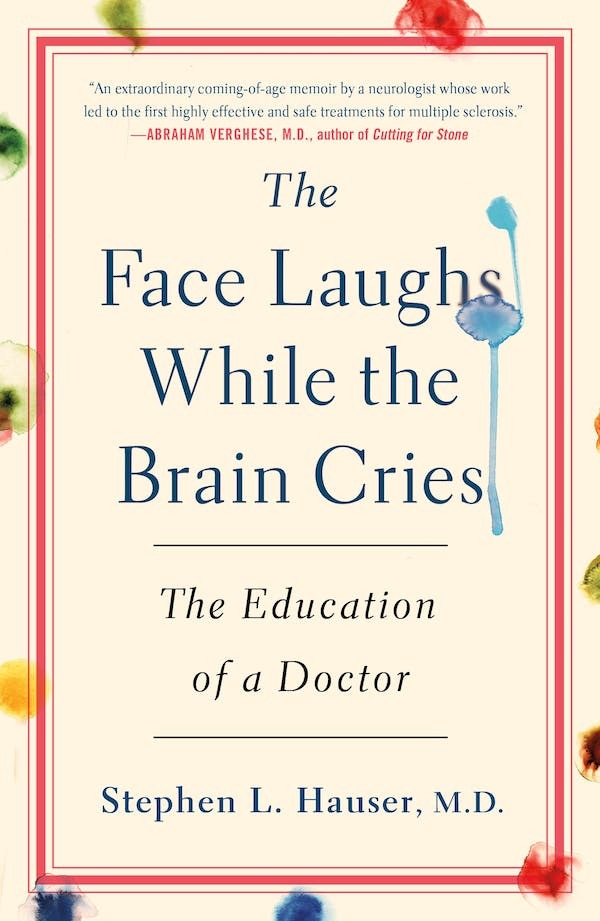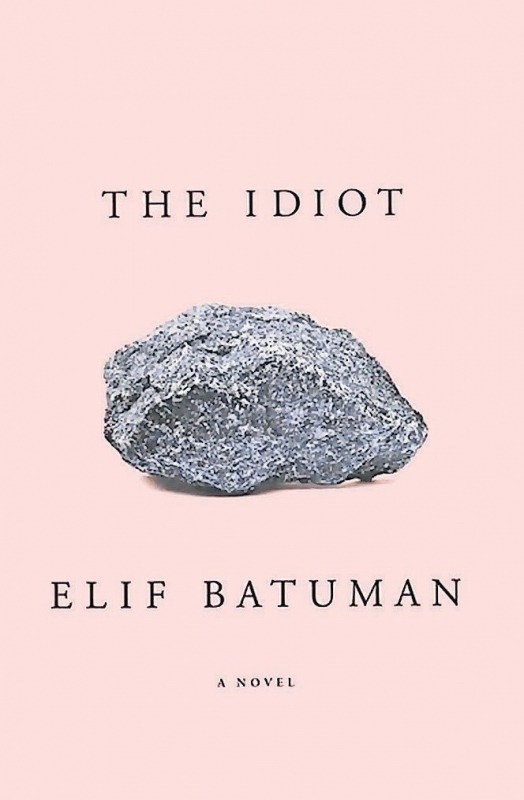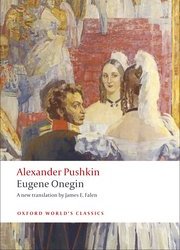Photo
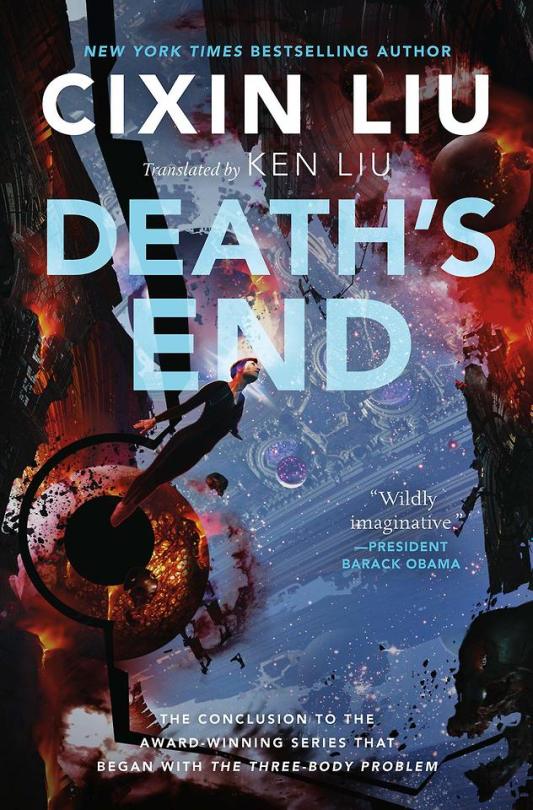
Finished on August 7th or 8th
3 notes
·
View notes
Photo
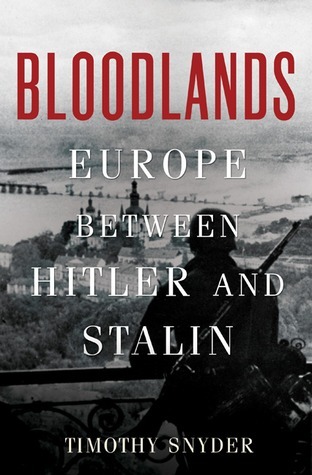
1 note
·
View note
Photo

A prismatic bio of PM, as she was refracted through letters, diaries, dreams, memoirs, obituaries, essays, exposés, interviews, photos, poems, horoscopes, auction catalogs, and the author's own speculative flights of fancy. Inventive and entertaining throughout — though it gets a bit boring and repetitive by the end — mirroring the end of Margaret’s own life.
Craig Brown finds Princess Margaret everywhere — literally and figuratively. Literally, for example, in the indexes of “every other memoir, biography and diary written in the second half of the twentieth century” (he lists a few); figuratively, in the list of words that “entered the [English] language” (does he mean the dictionary?) the year she was born, 1930, and the year she died, 2002. From 1930: “negligée,” “bulldozer,” “blasé” (as in “bored or unimpressed through over-familiarity), “sick-making,” “luxury” as an adjective — many of which, he says, evoke Margaret herself. It mines the impressions of those who knew her personally, both in high society and as her servants, as recorded in their letters, memoirs, diaries, and so forth. But it also contains the thoughts of those who knew her only as a public figure: one of my favorites is extracts from diaries written for the Mass-Observation archive, which sought to record daily life in Britain. One woman, Nella Last, wrote one day during the Peter Townsend affair that “My husband was in a dim moon — & Mrs Salisbury [their cleaner] was in one of her most trying. Her disgust & indignation about Princess Margaret being ‘such a silly little fool’ held her up at times ... ‘It’s not nice Mrs Last. I’d belt our Phyllis for acting like that’” (92).
This book is “prismatic” not just in the sense that it presents many versions of Princess Margaret — but, in some cases, different versions of the same story. Brown exposes this biographer’s dilemma early on, in Chapter 11, sharing two different versions of the same story, in which, while attending a dinner party, Princess Margaret’s husband lights a cigarette, then flicks the match at his wife — or is it, more sadistically, a whole box of lit matches, one after the other — and when she protests that he might burn her dress, he says he hates the material anyway, to which she either retorts, “Material is a word we do not use” or “We call it stuff” (34). He settles on the former as more likely — a whole box of lit matches is too “hazardous” for a dinner party setting, and “Material is a word...” sounds more like imperious Margaret — but ferreting out the truth isn’t really the point. The point is that the truth is un-ferretable — writing about Margaret, “You try to make a haybale, but you end up with a haystack. And the needle is nowhere to be seen” (36).
When Brown doesn’t find several different versions of the same story, he simply invents them — a haystack all his own. In chapter 33, he gives us no fewer than thirty-one variations on the same insignificant anecdote, originally found in — of all places — a review of The Oxford Guide to Literary Britain and Ireland (third edition). The story goes that Princess Margaret read a biography of Coleridge and, on the way back from an official engagement, instructed her pilot to fly several times around Coleridge’s cottage, Nether Stowey, so she could see it. Brown gives us his own “journalistic,” “comic,” “statistical,” “discreet,” and “alliterative” versions — to name just the first five. (Statistical: “Princess Margaret (1930–2002) read Coleridge: Early Visions by Richard Holmes (1989), which was 409 pages long.” Discreet: “Someone, who must remain nameless, was visiting the town or village of X in the West Country.” Alliterative: “The poems pondered and the pretty pointless parading partaken...” And so on.) It’s impressive, energetic, inventive, and exhausting — and serves as a synecdoche of the book as a whole.
To introduce chapter 33, Brown ends chapter 32 by saying “When you are a Princess, every little step you take, no matter how small or insignificant, can be interpreted any number of different ways, from comic to tragic, and all points in between.” This is, in a way, the thesis of his book. It incorporates so many different points of view that, although the force of the author’s personality makes itself felt throughout, no one interpretation of Margaret dominates — including his own. I’m not even sure what his is. This is the kind of book that raises more questions than it answers, and lingers long after it’s over. Brown ends with an appropriately enigmatic story, from 1995. “Princess Margaret attends David Hare’s play, Skylight.” The only female character is an ordinary woman, coming back to her London flat bundled up, “blue with cold,” and laden down with plastic shopping bags. Asked if she found the play “depressing,” Margaret replies, “It was a bit like one’s own life.”
4 notes
·
View notes
Photo
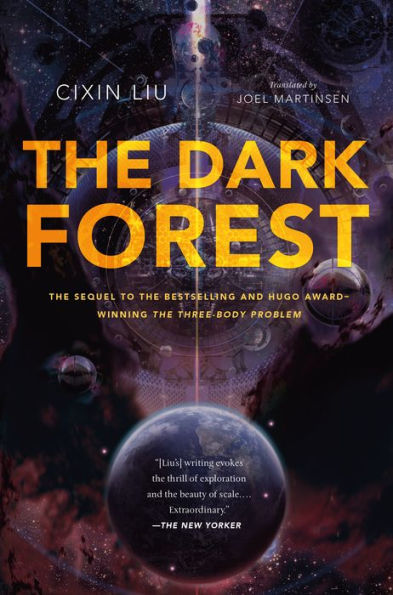
Reading The Dark Forest, I realized that The Three-Body Problem, while excellent in its own right, was just the setup for this spectacular payoff. The stage is set... and now we sit in awe to watch the play.
At the end of The Three-Body Problem, we see the Trisolarans send all-seeing sophons to earth. These intelligent particles see and hear everything humans do, say, write, express in any way and send it to Trisolaris instantly. The only place they cannot penetrate: the bottomless depths of the human mind. As long as your thoughts stay shut up in your mind, they are yours alone. And thus, the Wallfacer Project — the focus of this book — is born. Wallfacers are strategists. Their task: To come up with and carry out secret plans to save humanity, plans they share with no one — plans that are hidden in the solitude of their own minds, a solitude as infinitely vast as the universe itself. The Wallfacers are overseen by the ____ (UN? or PDC?), and they are the most powerful people in humankind’s history: as one character observes, even the “monarchs of old” were accountable for their actions. The Wallfacers, however, must explain themselves to no one — indeed, if they act explicably, they’re doing a poor job. In fact, their behavior should be as confusing and impenetrable as possible.
To backtrack for a moment: The book begins...
2 notes
·
View notes
Photo
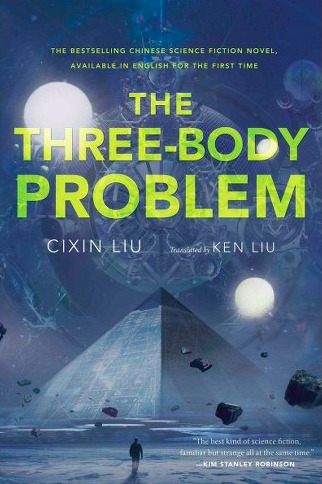
The Three-Body Problem by Cixin Liu, trans. Ken Liu
An invigorating and gripping book. Probably the best science fiction I have ever read & Cixin Liu is arguably the best sci fi writer alive — in both the “science fiction” and “writer” senses of that term.
The Three-Body Problem asks: If an alien civilization, desperate for survival, invaded Earth — could humanity survive? And would we deserve to? It begins during China’s cultural revolution in 1967, with a brutal act that will shape the future of the whole human race. You might say that this entire book, though packed with plot and information, is merely setting the stage for what’s to come in the next book. A physics professor named Ye Zhetai is being publicly berated in front of a crowd by several passionate young Red Guards, who want him to renounce Einstein’s theory of relativity and thus the “black banner of capitalism” it represents. When he refuses, they attack, whipping him to death with the copper buckles of their belts. The professor’s daughter, Ye Wenjie, has a front row seat to her father’s death. As the crowd disperses, she stares at his body, and “the thoughts she could not voice dissolved into her blood, where they would stay with her for the rest of her life.” These thoughts will haunt her throughout a stint in the Inner Mongolia Production and Construction Corps, cutting down trees in the once pristine and abundant wilderness — so full of life you could reach into a stream at random and pull out a fish for dinner, now transforming into a barren desert in front of her eyes — and at her hands. There, she meets a journalist who questions the wanton deforestation that has also touched her heart. “I don’t know if the Corps is engaged in construction or destruction,” he says. His thinking is inspired by Rachel Carson’s Silent Spring, a copy of which he gives Ye Wenjie to read and which changes her life. It inspires her to wonder: if the use of pesticides, which she took for granted as a “normal, proper—or at least neutral—act,” is destructive to the world, then “how many other acts of humankind that had seemed normal or even righteous were, in reality, evil?”
Is it possible that the relationship between humanity and evil is similar to the relationship between the ocean and an iceberg floating on its surface? Both the ocean and the iceberg are made of the same material. That the iceberg seems separate is only because it is in a different form. In reality, it is but a part of the vast ocean.... / It was impossible to expect a moral awakening from humankind itself, just like it was impossible to expect humans to lift off the earth by pulling up on their own hair. To achieve moral awakening required a force outside the human race.
This idea shapes the rest of Ye Wenjie’s life. It is what prompts her to invite an alien civilization to our world, serving humanity up to them on a silver platter. She helps the reporter transcribe a letter to his higher-ups, warning them of the “severe ecological consequences” of the Construction Corps’ work. This letter is received as reactionary, and the terrified reporter claims Ye Wenjie wrote it, throwing her under the bus. All is not lost for her, however. Because of an academic paper she wrote before the revolution, "The Possible Existence of Phase Boundaries Within the Solar Radiation Zone and Their Reflective Characteristics,” she is not imprisoned, but scooped up to work on a top-secret military research project: an attempt to contact extraterrestrial life. Because it’s so highly classified, it requires a lifelong commitment, one she gladly makes: all she wants is to be secluded from the brutal world. And at Red Coast Base, on an isolated peak deep in the mountains, crowned by an enormous antenna, she finds the solitude she seeks, immersing herself in her work. It is here that, almost by accident, she harnesses the power of the sun to send a message far out into space — a message that, many years later, receives a chilling reply: “Do not answer! Do not answer!! Do not answer!!” This message is from one pacifist member of an powerful alien civilization, far more advanced than our own, who are facing extinction in their own solar system and desperately need to find a new home. The messenger explains that, if Ye Wenjie replies, she will allow this civilization to pinpoint earth’s location, then colonize earth.
Without hesitation, Ye Wenjie replies.
This story unfolds over the course of the book, interwoven with the present day, during which an ordinary scientist named Xiao Wang is experiencing the results of Ye Wenjie’s message. All over the world, scientists are killing themselves — and strange things are happening to him that are shaking his trust in reality and driving him to the brink of suicidal madness. Before it’s too late, he finds out that he is just one target in an intergalactic war. Through a video game called Three Body, he learns about the enemy: the aliens Ye Wenjie contacted all those years ago. These beings live on a planet called Trisolaris, over four light years away from our Earth. Trisolaris has not one, not two, but three suns, which interact in a chaotic, unpredictable, and deadly dance that alternately scorches and freezes the planet, obliterating Trisolaran civilization — over and over again. When the planet is orbiting one single sun, that’s a Stable Era: a time of predictability and peace. But when one of the other suns dances closer, drawing the planet away, the planet then “wander[s] unstably” though the gravitational fields of the three suns, causing chaos: thus, this is known as a Chaotic Era. No one knows when a Stable Era will occur, how long it will last, or what horrors each new Chaotic Era will bring with it. This brutal, unpredictable environment has shaped the Trisolarans physically, psychologically, technologically... everything. As one Trisolaran puts it, the freedom and dignity of the individual is totally suborned to the survival of civilization. It is a totalitarian society, mired in “spiritual monotony.” As one Trisolaran you might call a dissident puts it: “Anything that can lead to spiritual weakness is declared evil. We have no literature, no art, no pursuit of beauty and enjoyment. We cannot even speak of love ... [I]s there any meaning to such a life?”
Trisolaran society, meaningful or not, is teetering on the precipice of doom. The Trisolarans can dehydrate and rehydrate their bodies, turning them into empty husks that can survive the uninhabitable Chaotic Eras — thus, through both perseverance and blind luck, they have endured up to this point. However, they have never been able to solve the “three-body problem” — they cannot predict the three suns’ movement and thus stay one step ahead. (I’m pretty sure the problem is fundamentally unsolvable.) And there’s an even bigger problem on the horizon... literally. Soon, their planet will fall into one of the suns. Trisolaran astronomers discover that their solar system once held twelve planets — the other eleven have all been consumed by the three hungry suns. “Our world is nothing more than the sole survivor of a Great Hunt.” The Trisolarans have little time left and no hope of survival — unless they can find another planet that supports life. That’s when they receive Ye Wenjie’s message. To them, Earth is the Garden of Eden — stable, prosperous, overflowing with life... like the pristine Chinese wilderness before the Construction/Destruction Corps arrived. The Trisolarans build a fleet and set off for Earth. ETA: 400 years. And they do one more crucial thing: they construct and send what they call sophons to earth, or particles endowed with artificial intelligence that can transmit information back to Trisolaris instantaneously and interfere with human physics research to the point of stopping it completely, essentially freezing scientific progress. They are preparing the ground for their arrival. Through the sophons, the Trisolarans see all — the only depths they cannot penetrate are those of the solitary human mind. And did I mention that Trisolarans communicate their thoughts to each other instantaneously, and there is no such thing as deception? Humanity’s edge is our ability to lie and deceive — an edge that the sophons all but obliterate. All our plans are laid bare to them. And so the intergalactic chess game goes on.
All this, essentially... there is so much of it and it isn’t even the plot of the book; it’s just setup, it’s just the premise, it’s just the question Cixin Liu is asking. If such a thing happened, what would humanity do? What unfolds thereafter is his answer. When humanity finds out that the Trisolaran Fleet is on its way, this knowledge is enough to alter our fate forever. An organization called the Earth-Trisolaris Organization, or ETO, arises, with Ye Wenjie as its guru — an organization that seeks to further the Trisolarans’ aims on earth. Battling the ETO: the governments of the earth, desperate to find a way of defeating the Trisolarans and saving the human race. One faction within the ETO, the Adventists, hopes that the Trisolarans will kill us all; humanity, to them, is not worth saving. Another, the Redemptionists, worship the Trisolarans as gods and hopes that they can coexist with errant humanity and, through their influence, elevate — redeem — them. Ye Wenjie is a Redemptionist, and this is essentially her message: “Come here! I will help you conquer this world. Our civilization is no longer capable of solving its own problems. We need your force to intervene.”
The Three-Body Problem is full to bursting with stunning, unforgettable visual images: like nothing I’ve ever seen or even imagined. Liu's genius lies in his ability to take complex scientific concepts — the kind I am barely aware even exist — and with simple yet vivid language, paint them into breathtaking pictures that will sear themselves into your mind. There are images in this book that deserve to be as iconic as the monoliths from 2001: both vast and microscopic, cosmic and intimate. Many of the most cosmic are set in the Three Body video game or on the planet of Trisolaris itself. Through Three Body, Liu takes us through the history of Trisolaris in an abbreviated yet totally absorbing form: while the player tries to understand this alien world, in order to save it, we learn about it along with him. We stand in awe in front of a vast computer made up of millions of soldiers, waving colored flags, signals washing through them in colorful waves — until they, and everything else on Trisolaris, are sucked into space by the gravitational forces of three suns rising in awe-inspiring alignment over the planet. We see the Trisolorans unfolding a microscopic, eleven-dimensional proton into one, then three dimensions in their sky...
Yet Liu’s skill isn’t limited to these vast, cosmic scenes. He can just as evocatively depict simple and moving ones: such as when a pregnant Ye Wenjie spends time among villagers deep in the mountains:
This period condensed in her memory into a series of classical paintings — not Chinese brush paintings but European oil paintings. Chinese brush paintings are full of blank spaces, but life in Qijiatun had no blank spaces. Like classical oil paintings, it was filled with thick, rich, solid colors. Everything was warm and intense: the heated kang stove-beds lined with thick layers of aura sedge, the Guandong and Mohe tobacco stuffed in copper pipes, the thick and heavy sorghum meal, the sixty-five-proof baijiu distilled from sorghum — all of these blended into a quiet and peaceful life, like the creek at the edge of the village.
Liu has a vast amount of information to convey throughout this book, and of course he sometimes simply turns to the audience and starts lecturing us, dropping all attempts to “disguise” himself in fictional conventions — such as when one character explains something to another. This kind of conversation, naturally, takes place a lot — but sometimes Liu simply has too much to get across for even such methods (themselves a kind of shorthand) to make sense, and he needs to take even more of a shortcut. But he also knows how to end these long, “dry,” lecture-y scenes with a flourish of beauty that never fails to take my breath away. At times, Liu’s prose can come to feel almost sentimental — it seems to reflect the romantic idea that in the simplest of human societies lies a fundamental goodness... Is this the idea behind the book? Ye Wenjie, the individual driving everything, has a heart hardened to ice by the brutality of the world. Her time with the villagers, and I think her experience of motherhood, thaws it a little — but later, when she confronts the Red Guards who killed her father and sees not a shred of remorse in them — sees that, indeed, they too have been brutalized by the world, and are wrapped up in their own suffering while at the same time asserting its insignificance — “History! History! It’s a new age now. Who will remember us? Who will think of us, including you? Everyone will forget all this completely!” — the dewdrop of hope for society in her heart evaporates and she devotes her life to the ETO from then on. As a Redemptionist, her “ideal is to invite Trisolaran civilization to reform human civilization, to curb human madness and evil, so that the Earth can once again become a harmonious, prosperous, and sinless world.” These aren’t her words, but those of her comrade in the ETO, Mike Evans, who will betray her by splitting off to become an Adventist. What sounds like unconscionable sentimentality — when was Earth ever “sinless”? — is just the cover for the deepest, blackest cynicism of all.
Earlier, I mentioned that the Trisolarans unfold an eleven-dimensional proton into one dimension, then three dimensions, in their sky. They are trying to unfold it into two dimensions, a surface they can write on, so they can turn it into a computer, “re-fold” it to its true, microscopic size, then send it to earth as a sophon. One and three dimensions are mistakes. In one dimension, the proton is an infinitely thin line — one which solar winds scatter into sparkling strings that fall like rain into the Trisolaran atmosphere, drifting with the currents of the air until they attenuate into nothingness. The effect is purely visual and psychological: As one Trisolaran explains to another, the strings have the mass of a single proton and can have no effect on the macroscopic world. However, when they accidentally unfold the proton into three dimensions, it’s a different story. Geometric solids explode across the sky, gradually forming into an array of eyes, which gaze “strangely” upon the planet below. (Not unlike the “eyes” of the sophons, come to think of it.) The microcosmos, it seems, contains intelligence — an intelligence that is, itself, fighting for survival. The eyes conglomerate, forming a parabolic mirror, which concentrates the sun’s light on the capital city of Trisolaris — doing serious damage before the Trisolaran space fleet destroys it. Thus destroying an entire microcosmos — and any intelligence, any “wisdom,” any civilization expressed therein. This is a fleeting moment, but — having just finished The Dark Forest — perhaps key to everything here. The universe is abundant with life, at both the macroscopic and microscopic level, and life wants to live.
2 notes
·
View notes
Photo
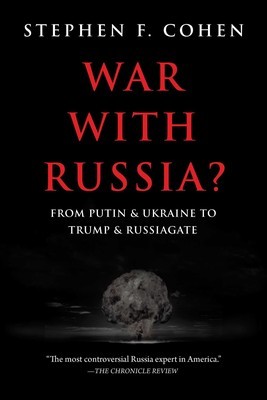
I really am going to try and write a few words about each book I read this year.
I found Stephen Cohen through the website of the Center for Citizen Initiatives, which has been organizing “citizen-to-citizen initiatives” between Russia and the United States since the 1980s. (Between 1988–2008, they brought 8,000 Russians to American cities!) War With Russia? is essentially a collection of Cohen’s web columns for The Nation, written between 2014–2018. (The columns themselves are actually commentaries on a weekly radio segment Cohen recorded for the conservative John Batchelor Show.) As such, and as Cohen himself admits, they are somewhat repetitive — he ends up making slight variations on the same point over and over again. Also as such, they read a bit like a thriller — a real-time chronicle of the worsening relationship between the US and Russia, unfolding before your very eyes.
Cohen’s basic argument is that the US and Russia are fighting a “New Cold War,” fomented not by Moscow, but by Washington — and that, unlike the previous Cold War, this one is unfolding without any real public debate in American politics, in the mainstream media, or around the dinner table, and is thus vastly more dangerous to our country and to the entire world. The United States and Russia are nuclear superpowers. Each is able to destroy not just the other, but the world as we know it, with the push of a button. Thus, peace and cooperation between the two countries is a matter of the greatest urgency.
In his show, his columns, and now his book, Cohen seeks to give his audience “essential historical context” that is missing from mainstream American reporting on Russia in order to support his arguments — which are valuable because of their substance and simply because of their existence. When every source seems to be saying the same thing, and when that thing is driving us to the brink of “hot war” with a nuclear superpower, alternatives hold great value.
Perhaps the most important piece of historical context he provides is the expansion of NATO. He argues throughout the book that US foreign policy toward Russia since the end of the Soviet Union has been contemptuous and provocative, citing the expansion of NATO toward Russia, in violation of promises made to Mikhail Gorbachev after the fall of the Berlin Wall and the reunification of Germany that the alliance would not advance “one more inch” toward Russia’s borders. Since then, NATO has crept closer and closer, until it is now quite literally on Russia’s borders, and continues to court countries like Ukraine — leading, Cohen argues, to a violent civil war in that country which has now metastasized into a US-Russia proxy war.
American politicians and the mainstream media, meanwhile, “demonize” Putin almost to the point of parody, as Cohen demonstrates many times. I can attest that the media has done such a good job of this that I was almost nervous to read this book. At times it did indeed feel, as Cohen himself says it is, like “heresy.” He actually questions, for instance, an unproven “fact” that the American media trumpets as the gospel truth: Putin has his enemies assassinated! Cohen also goes so far as to acknowledge that the man is intelligent. In the very first chapter, he presents Putin’s tenure at the KGB not as proof he is evil, but as an asset to his leadership: it made him “a political leader with a remarkable, demonstrated capacity for retaining and coolly analyzing a very wide range of information. (Read or watch a few of his long interviews.)” My mother has been reading and listening to a lot of American “reporting” on Russia (mostly the New York Times) since the 2016 presidential election, and has come to hate Putin with a passion. She once overheard me describing him as a smart, interesting speaker (after watching a few of his long interviews) and told me that I might as well be calling Adolf Hitler a smart and interesting speaker and that simply listening to the man talk was dangerous because “you have to be careful what you’re absorbing.” In such a climate, simply stating an objective fact (that Vladimir Putin is very smart) can feel like a heretical act.
So, what to do? Cohen calls for the reemergence of Cold War principles like détente (”expanding elements of cooperation in US-Soviet relations while diminishing areas of dangerous conflict, particularly, though not only, in the existential realm of the nuclear arms race”) and parity (the acknowledgement that the Soviet Union, and now Russia, is “a co-equal great power with comparable legitimate national interests in world affairs”). These principles led to steps toward nuclear disarmament in the Cold War and could pull us back from the brink today. (Obama, Cohen shows, took steps toward détente, before shying away. I’m not sure why & I don’t think Cohen speculates. Perhaps the influence of hawks within his administration + his own lack of experience?)
Russia, Cohen argues, is an indispensable partner in America’s fight against international terrorism. Cohen points out that terrorist groups are seeking radioactive materials to “enrich” their explosives. If, for example, Al Qaeda had such materials in September 2001, they could have turned New York City into another Chernobyl — an uninhabitable wasteland, full of ghosts.
More soon
0 notes
Photo
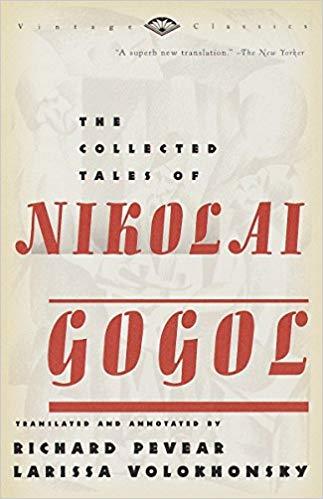
0 notes
Photo

Huh. Maybe the most abject — or should I say dejected, it’s less glamorous — of all the Leonards I’ve read so far. Everyone in this is a bungling, boring loser — except for the sexy, smart federal marshal Karen Sisco, whose only flaw is her poor taste in men. The other protagonist is Jack Foley, the middle-aged, prolific bank robber who made one stupid mistake too many and landed in prison for longer than he can abide (I think 30 years). He hijacks a fellow inmate’s escape plan, using their tunnel to escape — and runs straight into Karen, who is at the prison serving some papers, I think — doing some mundane task. He likes the looks of her in her black Chanel suit with the short skirt and forces her into the trunk of her car, then climbs in with her as his buddy (Buddy) drives it off into the night. What follows is a casual, yet sexually charged chat — they talk about who they are, what they do, the movies they like (Bonnie and Clyde, Three Days of the Condor) as he fondles her, calls her “my treat after five months of servitude,” and assures her he’d never “force [himself]” on her; “I’ve never done that in my life” (477). The fact that Foley is unwilling to rape, or to bear witness to rape, is actually what differentiates him from the other criminals in this book; later, a glimpse into the graphic aftermath of a rape is what shows us how evil Foley’s associates truly are (one of them sees the victim “on the bed with her knees still raised, her legs apart . . . the sight repulsive to him, this worn-out junkie showing herself, that dark wedge deep between her pure white thighs, it was ugly, and yet he felt himself becoming aroused” (601). When the rapist tries to strike again, this time attacking a maid, that’s what finally pushes Foley to turn against him and his crew — though Foley knew all along that they were planning to kill him, so it was only a matter of time. It’s not some kind of noble act, but this isn’t a book that has noble acts in it; everyone in it is either washed up, past their prime, inept, pathetic, bumbling toward a dead end in their own lives, including Foley himself.
Jack Foley is a lifelong criminal who’s robbed hundreds of banks — he’s mildly surprised that he isn’t more notorious than he actually is. Nobody seems to have heard of him. At the beginning of the book, he’s in prison after one mistake too many (an unprecedented outburst of road rage right after a robbery, which leads to his arrest). Like any Leonard protagonist, Foley is more competent than anyone around him — but not by much. His and Karen’s time together in the trunk of her car makes both of them wonder what could have happened between them if circumstances were different — if they met at a bar, say. They can’t stop thinking about each other, and as she pursues him, the sexual tension builds to an inevitable conclusion. Competence is sexy in Leonard; so are smarts. But Foley is surprisingly pathetic. He knows all too well that his life is going nowhere; he fantasizes about going out in a blaze of glory, but even that is denied him. Karen is conflicted; duty dictates that she arrest or, if necessary, shoot him. She knows he’d rather die than go back to prison, and she can’t bear the thought of killing him. In the end, though, she briskly shoots him in the leg and he’s hauled off to prison yet again. “I want you to know I think you’re a cool guy. I never for a minute felt you were too old for me. I’m afraid, though, thirty years from now I’ll feel different about it. I’m sorry, Jack, I really am.” It felt like a bit of a letdown, or a copout on Leonard’s part, but it makes perfect sense. She’d already written him off, or assessed him accurately; they bond over their fondness for movies, but what if sitting around watching movies is all he wants out of life? Their romance is a dead end, and she’s better off for it.
The only criminal who escapes is the hapless Glenn, but not because he in any way “deserves” to; he’s the one who not only was aroused by the rape victim, but who clumsily tried and failed to get them to let him take a turn before they killed her. His escape is a coincidence and you know it’s only a matter of time before he comes to a sticky end. You also know that Foley may well escape again, but he’ll never amount to much; and his encounters with Karen will remain a high point in his life. These people all suck and they all get what’s coming to him. Justice isn’t elevated, or glamorous — though it can be sexy — but it is, eventually, served.
0 notes
Photo

1 note
·
View note
Photo
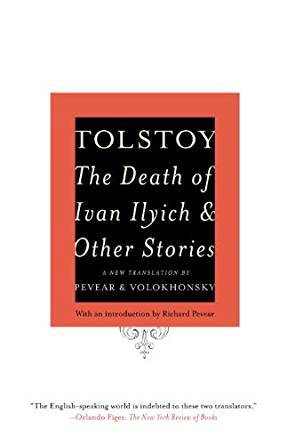
0 notes
Photo

0 notes
Photo

0 notes

